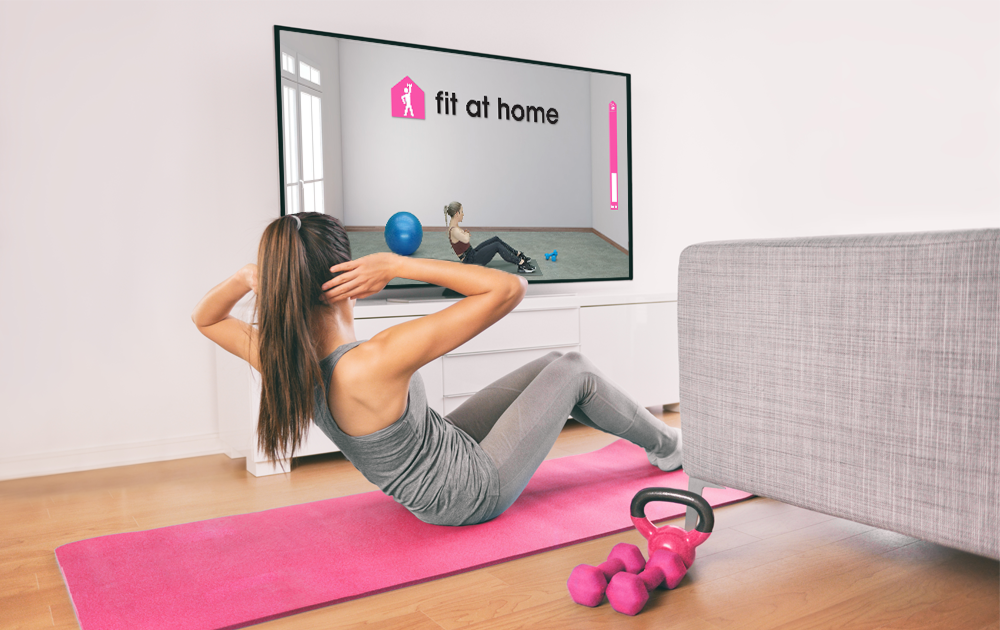In today’s fast-paced digital age, where long hours are spent hunched over screens and sedentary lifestyles have become the norm, poor posture has become a pervasive issue. The consequences of bad posture extend beyond mere aesthetics, impacting our overall health and well-being. This comprehensive guide aims to shed light on the importance of good posture and provide practical tips to help you fix your alignment for a healthier and more confident you.
Understanding the impact of poor posture
Before diving into corrective measures, it’s crucial to understand the implications of poor posture. Bad posture can lead to a myriad of health issues, including back and neck pain, headaches, decreased lung capacity, and digestive problems. It also affects your appearance, making you appear less confident and less approachable. By recognizing the consequences, you’ll be motivated to make positive changes.


Assessing your current posture
The first step towards fixing your posture is self-awareness. Take a moment to assess your current posture in various positions – sitting, standing, and walking. Identify common posture problems such as slouching, forward head tilt, and rounded shoulders. Understanding your specific issues will help you tailor your corrective approach.
Ergonomics and workspace optimization
For those who spend long hours working at a desk, creating an ergonomic workspace is essential. Adjust your chair and monitor height to ensure that your eyes are level with the top of your screen. Keep your feet flat on the ground, and invest in a supportive chair with good lumbar support. Take regular breaks to stand up, stretch, and move around, reducing the strain on your muscles.
Strengthening core muscles
A strong core is the foundation of good posture. Incorporate core-strengthening exercises into your routine, such as planks, bridges, and pelvic tilts. These exercises target the muscles that support your spine, helping you maintain a straight and aligned posture. Consistency is key, so aim for at least three sessions per week.
Train your core with Fit at Home
Train your core effectively and conveniently with Fit at Home. Our platform offers a wide variety of core-focused home workouts designed to help you strengthen and tone your midsection from the comfort of your own home.
With Fit at Home, you can access expert-led core training sessions that cater to all fitness levels. Whether you’re a beginner or an advanced exerciser, our experienced trainers provide clear instructions and modifications to ensure proper form and progression.
Choose from a range of core-specific workouts, such as core strengthening exercises, Pilates routines, or targeted abdominal workouts. These sessions are designed to engage your abs, obliques, lower back, and stabilising muscles to help you develop a strong and functional core.
With the convenience of Fit at Home, you have the flexibility to schedule your core training sessions at a time that works best for you. No more worrying about gym schedules or commuting. Simply access our platform, select a core workout that suits your preferences, and get ready to work your way to a stronger and more stable core.
Join our Fit at Home community and unlock the benefits of training your core from the comfort of your own home. Start your journey to a stronger core today and experience the convenience, guidance, and results that Fit at Home provides.
Abdominal & Fit
Strengthen your core and tone those abdominals with the Abdominal & Fit workouts! It’s the perfect workout to squeeze into your busy day.

Stretching for flexibility
In addition to strengthening exercises, flexibility plays a crucial role in maintaining good posture. Tight muscles can contribute to poor alignment. Focus on stretching key areas such as the chest, shoulders, hips, and hamstrings. Incorporate dynamic stretches into your warm-up routine and static stretches after your workout to improve flexibility.
Mindful posture correction techniques
Mindfulness techniques can be powerful tools for improving posture. Practice mindfulness during everyday activities like sitting at your desk, walking, or standing in line. Be conscious of your body alignment and make adjustments as needed. Over time, these mindful habits will become second nature, leading to lasting improvements in your posture.
Your #1 fitness app available on:

Professional help and resources
If you’re struggling to correct your posture on your own, seeking professional help can be beneficial. Consult with a physical therapist or a chiropractor who can assess your posture and provide personalized guidance. Additionally, there are numerous online resources, including videos and apps, that offer posture correction exercises and guidance.
Achieving and maintaining good posture is a holistic endeavor that involves a combination of awareness, lifestyle adjustments, and consistent effort. By understanding the impact of poor posture, assessing your own alignment, and incorporating targeted exercises and stretches into your routine, you can take significant strides towards fixing your posture. Remember, the journey to better posture is a gradual process, but the long-term benefits for your health and confidence are well worth the effort.